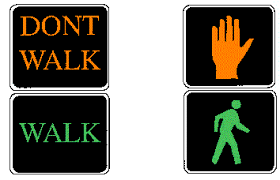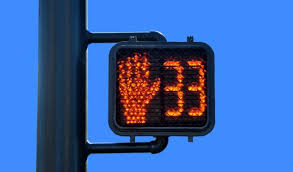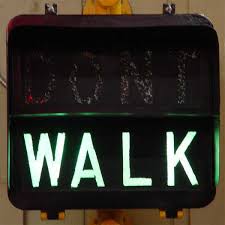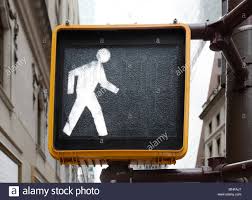Minnesota D.A.R.E. Talk Summer Lesson #3

“Rules of the Road”
D.A.R.E. Students:
Grab your parent, guardian, teacher, or another adult and let’s do another safety lesson!
It is summer and we are back outside walking, running, skateboarding, rollerblading, and biking. You MUST remember there are rules that you need to follow to stay safe.
Parent/Guardian, you need to make sure you set a good example and you need to follow the rules. These are pedestrian safety rules from the Minnesota Safety Council
- Wear bright colored clothing during the daylight hours and if walking when it is dark, carry a flashlight and wear reflective clothing. Stay clear of buses, hedges, parked cars or other obstacles before crossing a roadway.
- Know what traffic control signs mean. Don’t enter a crosswalk while the “Don’t Walk” sign is flashing. Be alert to turning vehicles even if the “Walk” signal is on.
- Always walk on the sidewalk; if there is no sidewalk, walk FACING traffic. This enables you to see any oncoming traffic. Walking in the same direction as traffic forces you to rely only on your hearing to warn you of approaching vehicles. This also makes you slightly less visible to drivers.
- Joggers are pedestrians too. Joggers should run on sidewalks or pathways; it’s considered illegal to run on roadway pavement if alternatives are available. When no alternative is available, joggers should run facing traffic.
Especially for children:
**Adults often overestimate a child’s ability to walk and cross streets safely. Children under age 10 do not always have the necessary skills to judge the speed or distance of oncoming traffic. In addition, their peripheral (side) vision is 1/3 less than adults’. Children often act quickly and behave unpredictably in traffic situations. Here are some tips to keep children safe.
- Don’t let children play in streets or driveways; they are difficult to see. Adults should always supervise children when outdoors. Young children are often hit by vehicles that are backing up. Older children should be taught never to dash into the street; always stop at the curb.
- Teach children the proper way to cross the street and explain traffic control signals.
- Use reflective material on children’s outwear. Do not allow hoods or umbrellas to block a child’s vision.
- Set an example for children.
Drivers—
***Minnesota law REQUIRES you to stop for crossing pedestrians at every intersection, even those without crosswalk or stop lights.
- Follow speed limits especially school zones.
- Be extra careful around school buses. When red lights are flashing you MUST stop. Wait a few extra minutes after the bus is gone to make sure there are no children present.
- Give older adults plenty of time to cross the street.
- Be alert while turning corners. Look for pedestrians.


Activity with Parent/Guardian:
Take a walk to talk about every traffic control signal/sign you see; discuss what they mean. Use the D.A.R.E. Decision Making Model to help you make the proper choices.

Lesson #1 – The D.A.R.E. Decision Making Model
In the first lessons we discussed how we can use this model in making decisions. Let’s try to use it today.
D – Define the problem. What is the situation or challenge we are facing?
A – Assess the situation. What are the options we have available?
R – Respond. Make a choice. Use all of the pros, cons, facts, and information you have determined during the assessment.
E – Evaluate. Did I make a good decision? What did I do right? What could I do different? We can always learn from our mistakes.
The more you practice the easier it will be. Parents continue to use the D.A.R.E. decision making model for other decisions.
STAY SAFE!